13 Traits of Great STEM Teachers
In a nutshell, what do STEM teachers need to know and be able to do to be effective? Here’s what one STEM teaching expert told me.
Dr. Susan Pruet has been a national leader in developing authentic, high-engagement curriculum since the early days of the STEM movement. She sent me this “quick list” and remarked that this STEM job description has been pretty well defined by research and experience over the past decade.
If you need to select an area of professional growth this year, check out Susan’s 13 traits of accomplished STEM educators and choose one or two areas where you believe you could become more skillful.
- Be able to engage kids in selecting real world problems to work on. Kids should pick a problem that interests them. Use experts to help to define the problem clearly.
- Work together with a teacher in either math or science (whatever you are not teaching) to integrate the subjects. Plan for digital technology where appropriate. Know that technology also involves anything created to meet a human need.
- Be able to engage kids in meaningful research and knowledge acquisition about the problem. Doesn’t have to be reading or watching a video.
- Be able to manage teams effectively. The ultimate goal, of course, is to enable kids to manage themselves.
- Be able to get kids to ask the right questions. That means you need to be able to ask the right questions as well – not questions with yes and no answers – but questions that stimulate curiosity.
- Act as a learning facilitator, not a presenter of information. Don’t tell kids what they need to discover – let them think for themselves. Discovery is a part of learning.
- Be able to convince kids to accept failure as normal and a necessary part of the process of learning. Failure to succeed on solving a problem is an opportunity to try again with more information and an increased chance of success.
- Be able to allow kids to muck through many possible solutions for their problem, and teach them that problems have more than one possible solution, or right answer.
- Use an engineering design process (described here).
- Help kids understand and decide on criteria and constraints.
- Allow teams to physically construct solutions for problems. Time and materials may be limited but don’t leave out hands-on “learning by doing.”
- Test and analyze performance, and how well performance meets criteria. Be sure to involve math, graphics, computer programs, etc.
- Lead teams to plan for redesign, and to understand that problem-solving is an ongoing process in which success is sometimes constructed over many “draft” efforts.
Explore my STEM By Design website to find information on many of these teaching strategies. And keep an eye out for an upcoming post on my MiddleWeb blog that will elaborate more on Susan’s list!

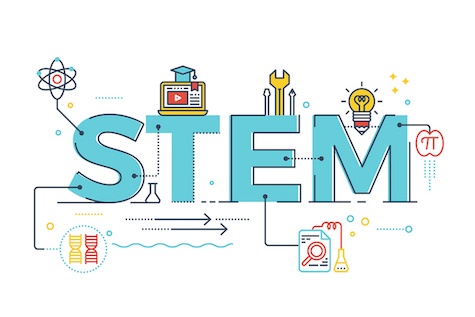
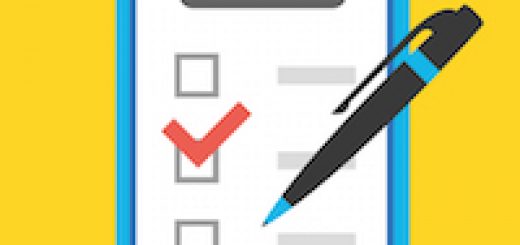
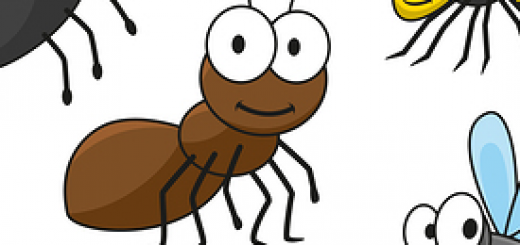
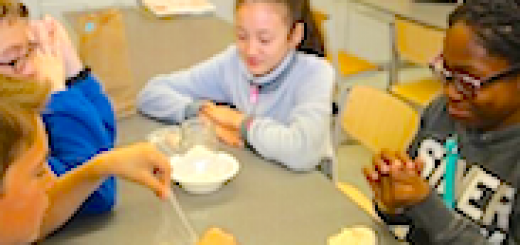
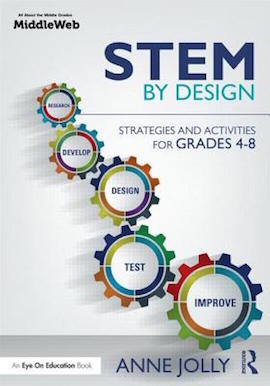

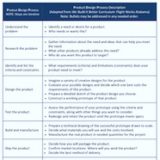

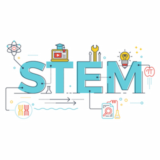
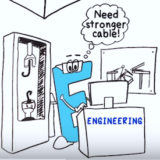

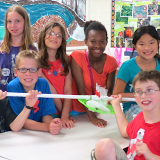
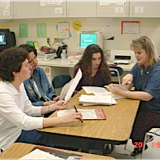
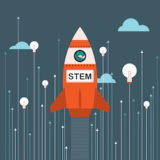
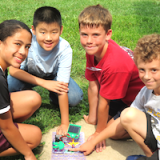
Thank you so much for all of your articles…I have a K-8 Masters in STEM from NOVA Southeastern (2014) and let me tell you…my district in New Mexico has tried to put me in a box lately with a heavy emphasis on technology (coding, etc…) as well as they are buying STEM kits and are handing them out to teachers without any training and call it a summer or afterschool program.
This type of surface level STEM initiative is a wonderful opportunity to some degree, but for years we seem to struggle to prepare for the state test OR PBL–yet the balance is missing. After reading your information, I see that you believe, as many STEM gurus, that the full application of the STEM acronym should be applied.
I cannot wait to buy your book! I will be following you…I am in the process of applying for a few principal positions in Colorado…if I am granted the honor of this new chapter in my education career, I fully intend on using your research based information as a foundation to begin the STEM movement within the building I am placed. However, for the year we are currently in, I am a traveling STEM teacher serving over 1,200 students.